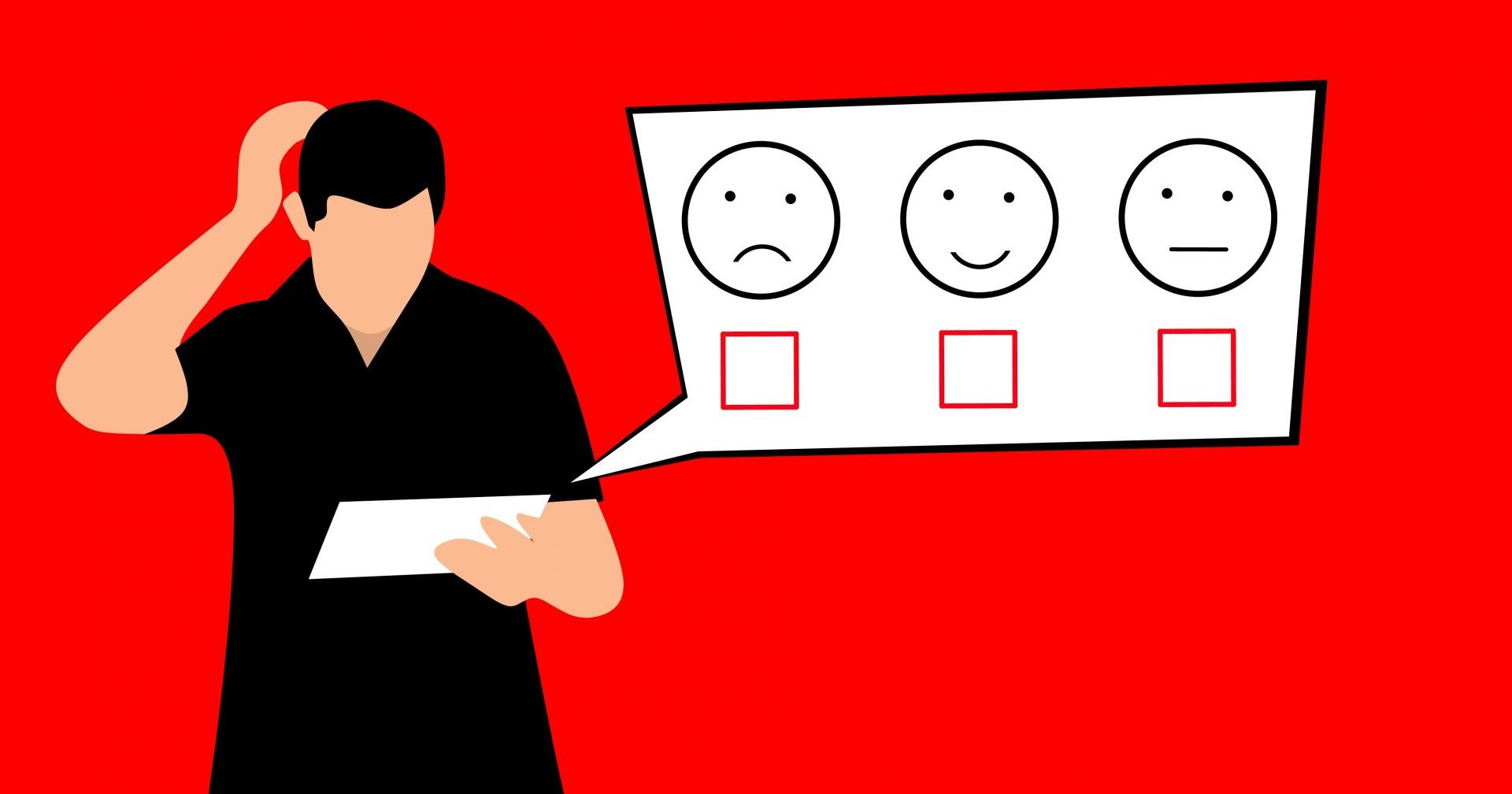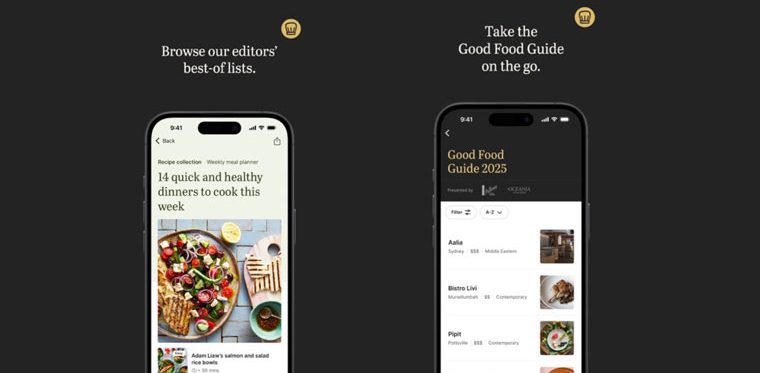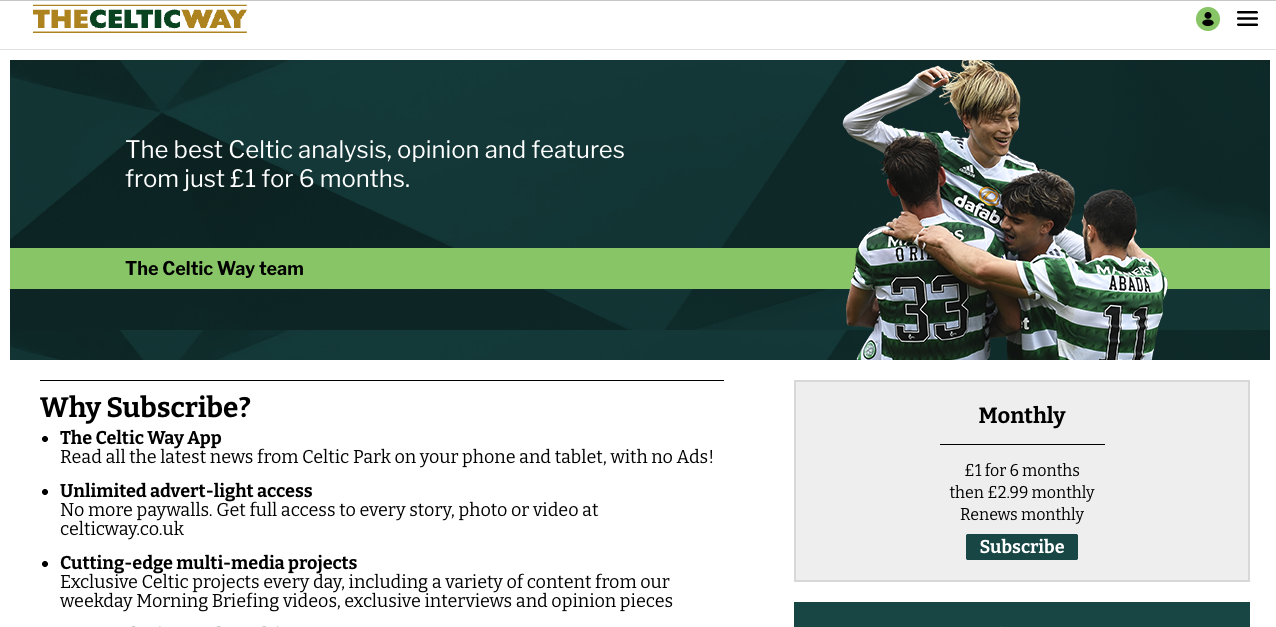
Newsletter
Newsletter
Publishers should use data from lapsed subscribers and research to understand pain points to improve win-back programmes.
9th February 2024

In the Pugpig weekly media bulletin, Pugpig’s consulting services director Kevin Anderson and digital growth consultant James Kember distill some of the best strategies and tactics that are driving growth in audiences, revenue and innovation at media businesses around the world.
If you want to know more about how we are working with publishers like you, get in touch at info@pugpig.com.
In the Retention Economics Report we wrote with the Media Collective, we spoke about Zombies – members of your audience who have disengaged with you. Several publishers we have spoken to are reluctant to nudge the zombies lest they are reminded, in the case of a subscription, that they are paying for something they aren’t using. Maybe publishers would be more confident about re-engaging zombies if they had a solid plan to win back those subscribers who have left.
We often write about how important engagement and great product experiences are to attracting and retaining subscribers as well as registered and app users. However, there will always be subscribers who decide to cancel their subscriptions. Some of these will be a result of irreconcilable external circumstances, but others could be drawn back in if the right approach is taken. This week, we’d like to discuss how to win back those users.
For the New Zealand Herald, their win-back programme started by understanding why subscribers were cancelling and trying to address the most common issues, according to a recent post by Paula Felps in INMA’s Ideas Blog Edition. A year ago, the Herald had a very basic win-back programme. They sent two emails to every subscriber that cancelled, 7 and 14 days after the subscription ended. Paula described these emails as “generic” and noted that they had a relatively low conversion rate of 0.4%. Since then, the Herald Premium team has been on a journey to improve this activity with the easily measurable goal of decreasing their subscription churn rate.
Herald Premium’s approach to improving win back was reasonably simple. For a subscriber to cancel, they needed to phone up, at which point they were asked why they were leaving. The team at Herald Premium reviewed the responses and noticed that they fell into six broad categories: time, value, interest, technical issues, moving away or purchasing in error.
They took these different reasons and created a specific email journey for each of these six cancellation categories, allowing them to directly address a user’s concern. They also recognised the difficulty of narrowing down complex customer behaviours to a specific cancellation reason or of grouping them into a single communication so they improved their generic email. Finally, they changed the series from two emails to one and added a browser notification. When it came to launching the new journey they phased their approach and carried out A/B tests as they rolled out the new programme. This reduced the risk of any unforeseen negative impact and also allowed them to measure the uplift in conversion.
So what can we learn from this approach? Primarily, it highlights the value of data analysis, however simple. Herald Premium’s evaluation of the reasons for cancellation guided their more robust communication strategy.
When we interviewed Bonnie Herche, Vice President, Growth and Product Marketing at Crains for the Retention Economics report, she had complementary advice for targeting winbacks. For Bonnie, the trick is to treat the win-back audience similarly to prospects as “they are prospects in the grand scheme of things”. This means utilising similar strategies, such as user segmentation, needs-based targeting and using a different tone to what you would use to communicate to subscribers in general.
When looking to both acquire new subscribers and win-back cancellations it is essential to follow Herald’s example and strive to understand the user’s concerns and address them directly. As with bespoke targeting during the acquisition phase, you need to identify the problem you are trying to solve for the user you are targeting to maximise the chance of (re)converting them.
Asking a subscriber why they’re cancelling and leveraging that in communications is a good approach, but it does have its limitations. Many publishers do not use a call centre to handle any or all of their cancellations. And forcing a subscriber to call to cancel is coming under regulatory pressure, with the US Federal Trade Commission proposing to make it easier for users to cancel a subscription through a ‘click to cancel’ rule. Relying on data from digital forms will be less reliable than that gathered over the phone and this will have an impact on the accuracy of any win-back activity that uses this approach.
Fortunately, many publishers are in a position to leverage several data sources. As Bonnie at Crains said, they had the benefit of knowing about lapsed subscribers through their past subscription relationship. With a mature data architecture, you can know what content and features they’re interested in. This enables targeted win-back communication highlighting those features and interests. In turn, this amplifies the need to treat your win-back activity in a similar, but distinct, way from your acquisition marketing. Many of the approaches to customer acquisition can be applied to win backs.
Moreover, this approach should also be leveraged in overall engagement campaigns. If you build the infrastructure to capture and understand a user’s interests you can also create alerts for when their usage drops off. Via simple churn prediction modelling you can trigger activity to re-engage them before they reach the cancellation stage.
The temptation for win-back campaigns is often to focus too much on price through a mistaken belief that the cost of the subscription is the only motivating factor in a user’s decision to cancel. Therefore, we often see publishers with an over-reliance on discounting to reduce churn. However, this over-simplified approach has a fatal flaw: by reducing the value of the offer down to a single variable it fails to address the myriad of reasons that a user might cancel, devalues the product as a whole and almost guarantees a cancellation the next time their subscription ends. It’s a slippery slope. And with greater competition in the subscription space, users become habituated to getting discounted offers if they threaten to cancel. It has become so common subscribers can now buy apps and services that will negotiate better deals for them.
Of course, there are many cases where price is a concern that should be addressed but for users who have struggled with functionality, or having the time to read the content, or only using a small portion of the product this is a sticking plaster that won’t last. Therefore, understanding what the true reasons for cancellation are and addressing them is essential.
Moreover, as per our retention economics report, relying too heavily on a discount-based strategy risks the spiral of ever-reducing subscriber ARPU and can result in a large proportion never paying full price. It also dilutes the value proposition and chips away at brand equity.
Finally, win back efforts shouldn’t be something that just happens when a user chooses to cancel their subscription. It should be a last resort. As we wrote in our report, media organisations should shift their thinking from churn management to relationship management. You should focus on building a more engaged relationship, identify users who have lost touch and entice them back into your properties. However, there will always be users whose circumstances or interests change and by tailoring your approach to their specific concerns you will be able to increase the rate at which they choose to come back into the fold.
Here are some of the most important headlines about the business of news and publishing as well as strategies and tactics in product management, analytics and audience engagement.

Newsletter

Newsletter

Newsletter

Newsletter

Newsletter